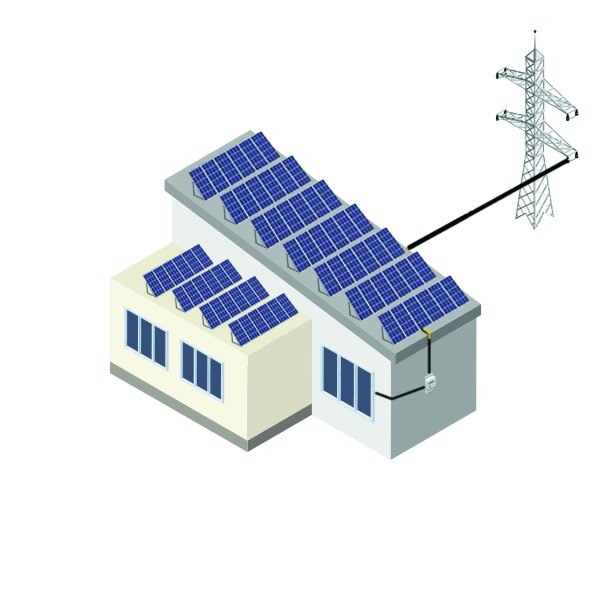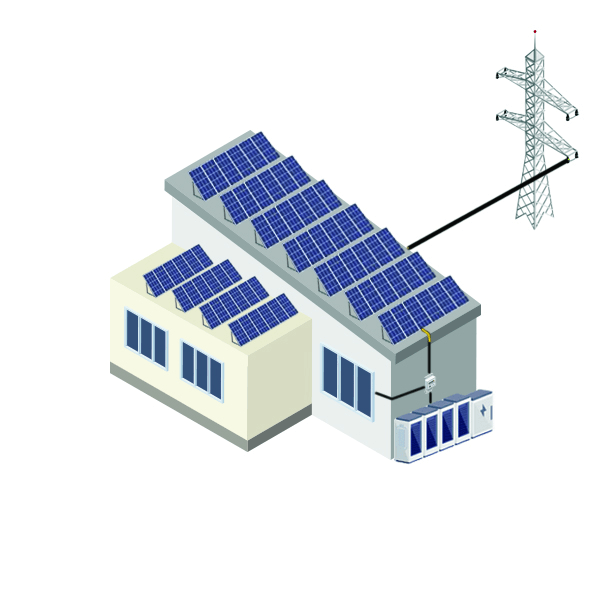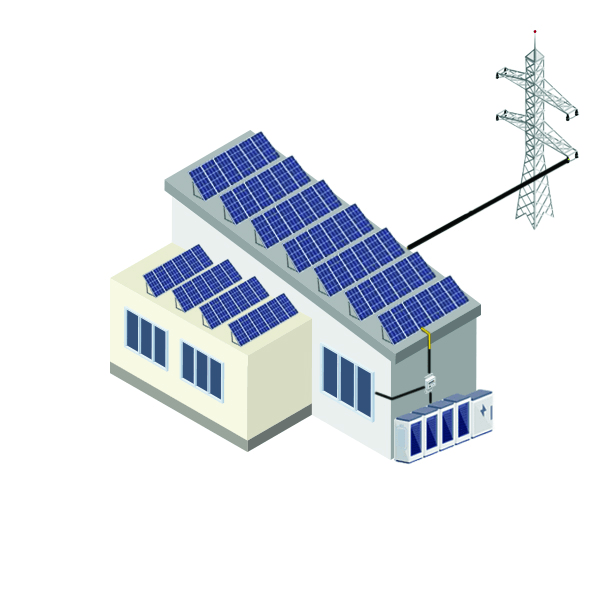RES Installation Services
Photovoltaic Systems
HORIZON S.A. undertakes the Study, Licensing, Construction, Management, and Maintenance of Photovoltaic Systems and Energy Storage Systems. Its continuous presence in the energy production sector since 1992 and the development of numerous projects in various energy technologies make it a reliable partner with experience and expertise in undertaking such projects. The company was the first ever private customer of TESLA in Greece for an energy storage project as early as 2018, long before the discussion in the country about energy storage began. It has licensed, installed, and operated the battery on behalf of its subsidiary. Another significant distinction is the licensing, installation, and operation of the first hydrogen P2P energy storage system in Greece in 2020, which it hosts at its headquarters.


Net / Virtual Net Billing
Net Billing allows consumers (both individuals and legal entities) to generate the energy they consume and to be compensated for surplus energy by selling it to the grid at Energy Exchange prices. As of October 21, 2024, applications are being accepted through the relevant platform of HEDNO (Hellenic Electricity Distribution Network Operator).
Virtual Net Billing enables the energy production unit to be located in a different place from the consumption unit while injecting energy into the grid. The energy netting process remains the same as with Net Billing, but the consumer is charged with the costs of the distribution network. Virtual Net Billing systems are ideal for businesses where available space is limited, making remote energy production the only viable option.
Advantages of Net Billing
- Reduction of electricity costs
- Investment payback in 3-5 years
- Reduction of CO2 emissions, compliance with green transition requirements, and improvement of the carbon footprint
- Access to low-cost energy, safeguarding against fluctuations in electricity prices
Net Billing with Storage
In addition to the production unit, it is possible to install a storage unit (battery). The role of the battery is to optimize synchronization by storing energy during periods of high production and utilizing it when production is insufficient to meet energy needs.
Advantages of Storage Systems
- Optimal energy utilization
- Maximum possible reduction in energy costs
- Protection against power outages/network irregularities
- Shielding from energy cost peaks
- Further reduction of the “fixed costs” on the electricity bill


Self-Production with Zero Feed-In
The self-production system with zero feed-in is similar to Net Billing, with the key difference being that the generated energy cannot be injected into or sold to the grid. Therefore, the consumer needs a system designed to more accurately meet their energy needs.
In this case, the battery becomes even more useful, as excess energy would otherwise remain entirely unused. Zero Feed-In systems are ideal in scenarios where energy consumption is high and continuous, leaving no surplus energy. Additionally, they are suitable when the installed capacity is high, and the saturated grid cannot accommodate the producer’s energy.
Note: The installation is not disconnected from the grid and can draw energy from it if necessary.
Advantages
- Reduction in electricity costs
- Simpler licensing process, with applications prioritized
- Exemption from maximum installed capacity restrictions due to grid limitations
- Payback period of 3.5–5.5 years
- Protection from grid fluctuations
- Ease of power upgrades and the addition of extra systems
Applications
Standalone & Behind the Meter
Storage Systems
Energy storage systems are divided into these two main categories based on the connection point.
Standalone Systems
These are installed independently, without any associated energy production or consumption projects. They exchange energy exclusively with the grid, leveraging fluctuations in energy costs in the Greek Energy Exchange. Additionally, they act as grid stabilizers by providing energy or absorbing excess energy when the grid requires it. Such systems are implemented solely through relevant tenders announced by the Ministry of Environment and Energy (YPEN), which specifies the terms of participation.
Behind the Meter Systems
These are connected to an energy production unit (e.g., photovoltaic, hydroelectric) to optimize the energy produced by the connected unit, with the ability to sell the energy on the energy exchange market.
Advantages of Standalone Systems
- Simple operation, managed by Aggregators (FOSÉ)
- Internal Rate of Return (IRR) of 9-12%
- Early-stage deployment with significant opportunities for exploitation
Advantages of Behind the Meter Systems
- Investment protection for energy production units against static limitations (e.g., announced horizontal cuts of 5%)
- Protection from dynamic limitations to be applied via set points
- Ability to sell energy at significantly higher prices than tariffs of €0.06–€0.07/kWh
- Protection of equipment from damage due to production curtailments





